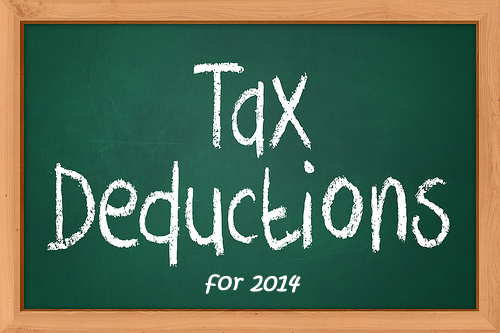Accounting
Will Congress Restore Sec. 179 Tax Deduction Limits?
The ultimate fate of the Section 179 deduction remains unclear. As things stand now, the maximum allowance will remain at the lowest level it’s been since the year 2000, a mere $25,000. Of course, Congress may still get its act together to restore...
Oct. 28, 2014

The ultimate fate of the Section 179 deduction remains unclear. As things stand now, the maximum allowance will remain at the lowest level it’s been since the year 2000, a mere $25,000. Of course, Congress may still get its act together to restore a higher allowance, but there are no guarantees it will happen and the legislation might be a case of “too little, too late.” What‘s a small business owner to do?
Although the specifics for each business client will vary, the best general advice you can dispense at this time is to sit tight for as long as you can. Of course, clients should acquire business assets that are needed for their operations, at least up to the current $25,000 limit. But they might wait longer to see what develops in Congress before plunking down the big bucks.
Here’s a brief recap. Under Section 179 of the tax code, a business can currently deduct or “expense” the cost of qualified business assets placed in service during the year, subject to certain rules. For instance, the deduction can’t exceed the lesser of the income from business activities or the maximum allowance. Furthermore, the Section 179 deduction is phased out on a dollar-for-dollar basis on acquisition amounts above a specified annual threshold. For 2014, the threshold is now set at $200,000. Thus, if a client acquires assets costing $205,000, the allowable Section 179 deduction is reduced by $5,000.
Back in 2000, the maximum allowance was only $20,000, but it was boosted into six figures during the past decade until it reached its peak of $500,000. Similarly, the phaseout threshold was hiked in lockstep with the maximum allowance from $200,000 to $2 million. This gave business clients plenty of tax room to maneuver. Typically, a business would place property in service late in the year to create a near-immediate tax impact.
In addition, a separate tax law provision for bonus depreciation could be combined with the Section 179 deduction, forming an effective one-two punch for qualified business assets. The bonus depreciation tax break is equal to 50% of any remaining cost after the Section 179 election is made. But the tax benefits for bonus depreciation generally expired after 2013. As with a higher Section 179 deduction, we’ve still waiting for Congress to revive this tax break.
So this is where things stand right now. If Congress does nothing, the maximum Section 179 allowance will remain at just $25,000, with a $200,000 phaseout threshold. Hopefully, the upcoming midterm elections will provide some clarity as to where our nation’s lawmakers will be heading in the near future. Barring any quick moves, however, your business clients might hold out until a higher allowance is restored, even if that doesn’t occur until 2015.
Finally, keep this in your hip market: Despite the relatively low Section 179 allowance for 2014, a business can still write off the cost of property above the limit under the regular depreciation rules. Unlike one-shot expensing, it takes time, but something may be better than nothing. Schedule a meeting with your business clients to discuss the options.
